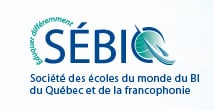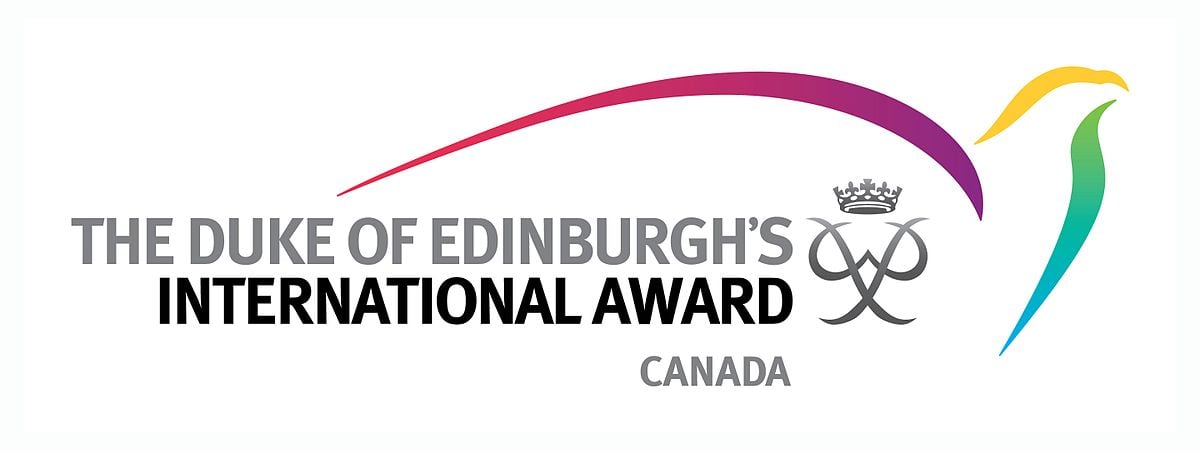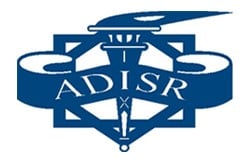Enriching students’ learning through creativity with this drama-based programme – Introducing Mantle of the Expert
Setting the mood for a stimulating learning experience
Imagine you are an expert… one of a team of astrobiologists about to launch a mission to a new planet, a goldilocks planet that supposedly has everything needed to sustain life. Or a member of a castle restoration team, needed to transform a derelict shell into an exciting visitor center, full of information about medieval life in Switzerland. What information would you need? What knowledge and skills would you require? What would your responsibilities be? What power would you have? What research would you need to do? How would you communicate your findings to your client? These are the kind of challenges all experts face [1].
Welcome to ‘Mantle of the Expert’
Haut-Lac is fortunate to have two lead Mantle of the Expert (MoE) practitioners, who have been honing their craft for over ten years. Through INSET training, peer coaching, observations and planning collaboration, we support interested staff who wish to develop their skills in this progressive pedagogy.
The MoE is a teaching pedagogy that uses drama and imaginative inquiry to explore the curriculum through fictional contexts [1]. As a co-constructive approach to teaching and learning, it gives children the opportunity to explore and solve ‘big’ problems by taking on the role of an expert. They get the chance to be in charge, to make decisions and to bear responsibility. The aim is to make curriculum study engaging and meaningful and put the student at the centre of the learning process [1].
Mantle of the Expert is not a child-led pedagogy in that the students make all the decisions, but rather a collaborative approach where the teacher and students work together to build the ‘story’ and generate purposeful curriculum tasks and activities for learning. It is a pedagogy that moves away from instructive teaching approach so as to induct students into their learning. It is no longer a process of acquiring knowledge, but a process that uses knowledge to inquire.
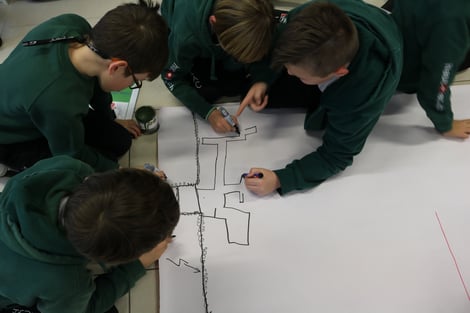
The three defining features of the MoE [1]:
- The students operate within a fiction (designed by the teacher and built with the students) as an expert team with power and responsibilities.
- The expert team works for a client, who sets standards and requires information.
- The client commissions the team to perform tasks and activities toward an end product or project. These tasks and activities create concrete, meaningful opportunities that enable the students to study the curriculum across wide subject areas.
Something to note here is that at no point do we ‘con’ the children. There is a clear boundary between the classroom and the imaginary world. It is part of the practice to ensure the children understand, at all times, that we are building a story and these elements are created by our imagination. They are not real, nor are they ever likely to be real; even when dealing with real-world problems like global warming, for example.
How make-believe creates self-belief
The classroom culture it creates shifts the students from being treated like children and thinking of themselves as children, to behaving ‘as if’ they are people with responsibility and the power to influence. All of this is done through drama, an art form which enables us to see ourselves in different ways. Drama creates a safe forum for taking risks and exploring a wide variety of viewpoints and perspectives in any given situation. Students can be bolder, braver and smarter than in ‘real-life’ because they are learning through their imagination and are protected by make-believe. The possibilities are limitless and the learning more profound and authentic.
Mantle of the expert encourages and supports children to take ownership of their learning. It values all contributions and ideas, positioning students in the driving seat of their learning journey and handing them the tools they require to deepen their learning with the support of a specifically trained teacher.
‘Imagining’ our way to top quality work
As children explore the fictional context (story) through dramatic conventions and authentic learning experiences, endless opportunities and ‘obligations’ to meticulously write and record present themselves: log books, accident reports, catalogues of samples found, safety protocols and procedures, etc. As such, the progress they make in their learning is enormous and very evident in their writing. They are able to write a fantastically descriptive sci-fi story because they have ‘actually’ been on the missions to space, and their report writing has meaning and purpose because the client has high expectations of them as ‘actual’ experts. They are more motivated and have ownership of their learning.
Tamara-Ann Borge
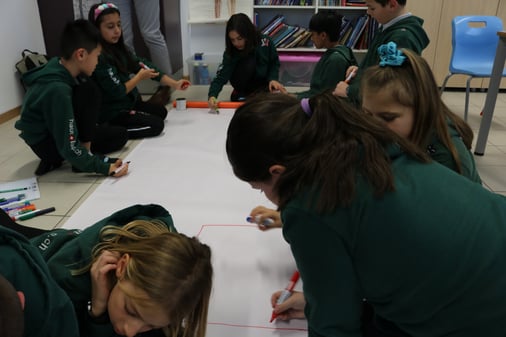
If you would like to read more about the Mantle of the Expert, simply click here or get in touch with one of Haut-Lac’s Quality Mark Lead Practitioners: Narcis Iniesta, P3B teacher, and Tamara-Ann Borge, P4A teacher.
Reference
[1] A beginner’s guide to Mantle of the Expert, Tim Taylor 2016




